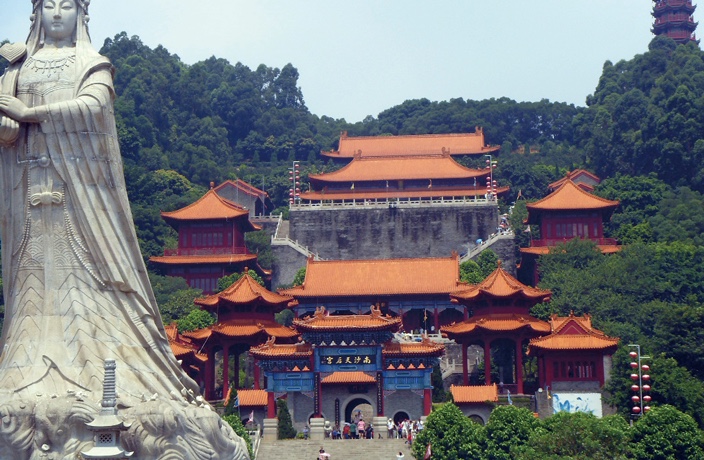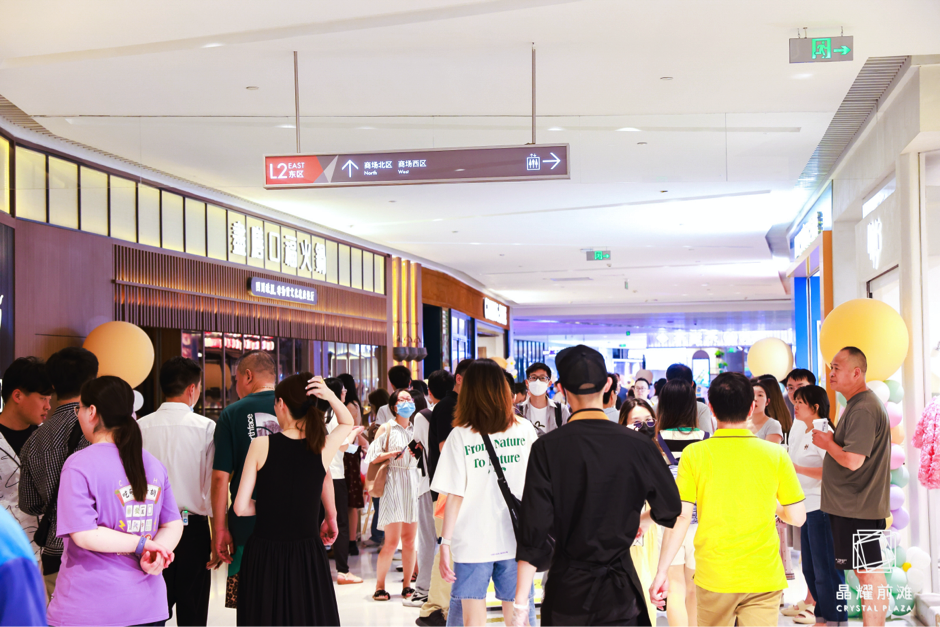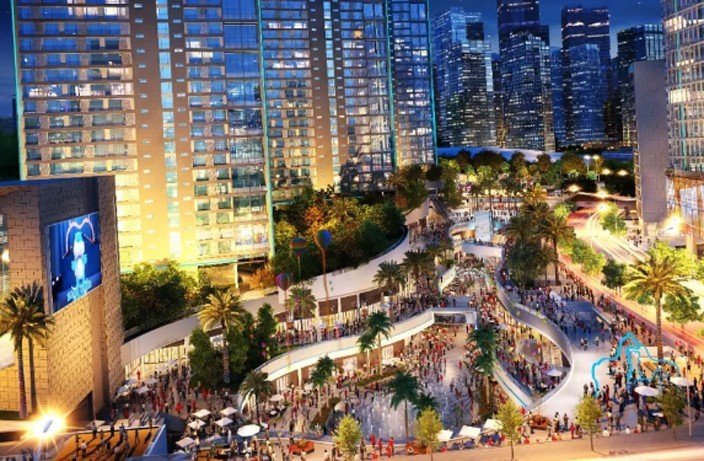Daytripper: Nansha Tin Hau Palace

Daytripper is a regular column that aims to help people get the most out of their PRD experience by proposing fun excursions that can be made in a single day to explore the local culture and nature of the region.
While downtown Guangzhou certainly doesn’t boast any temples or buildings that can compete with Beijing’s Summer Palace, in outlying Nansha District there is a similar-style attraction that demands a visit from those living in, or visiting, the PRD.
Staring proudly upon the Lingding Ocean, at the mouth of the Pearl River, the Nansha Tin Hau Palace boasts architecture similar to that of the Forbidden City and panoramic views that are a welcome respite from skyscrapers and office blocks.
Originally built in the Ming Dynasty, the structure was renovated during the reign of Emperor Qianlong, in the Qing Dynasty, but was later ruined, leading to a 1994 restoration that was completed in 1996.
It is dedicated to the goddess Mazu, a deity often referred to as ‘Goddess of the Sea.’ Her almighty-ness is said to safeguard sailors, fisherman and others traveling aboard boats.

Temples and statues of Mazu can be found throughout coastal China, as well as in Japan, Malaysia and other nations in the region – not to mention a couple in the US and Australia. Visitors to the Nansha Tin Hau Palace will be excited to know that, at roughly 247 acres, it’s allegedly the largest Mazu temple in Southeast Asia.
Every visit starts with an obligatory walk past the almost 50-foot-tall statue of Mazu. Made from 365 pieces of granite, the effigy is undoubtedly one of the temple’s highlights, and it makes for an impressive Instagram or WeChat selfie.
Venturing beyond this towards the main temple gate, visitors will pass the Hall of Blessing, where devotees honor an empress sculpture guarded by the gods of the sea. 
From there your journey moves upward – the temple is built on the southeastern slope of Dajiao Mountain – via seemingly endless staircases toward Nanling Tower, the highest point in the palace. Along the way to the tower, guests pass numerous shrines and halls (the main hall being the most impressive, housing two large Mazu statues) as well as shops selling incense, spiritual trinkets and, in some cases, beer.
The eight-story Nanling Tower is where the most impressive views are found, offering the dedicated adventurer outlooks of the ocean, temple complex and surrounding countryside. Climbing to its summit is highly encouraged.
In addition to statues and stairs, the religious compound also hosts seven garrisons that are together known as the Dajiao Mountain Forts. These defensive buildings were listed as National Priority Cultural Relic Protection Sites in 1982.
If climbing stairs up the side of a mountain doesn’t sound like your ideal adventure, the areas surrounding the massive Mazu statue are composed of gardens and ponds that offer their own kind of ‘spiritual’ serenity.
How to get there:
Take Guangzhou Metro Line 4 to Jinzhou Station and then take Nansha bus No. 4 to the east gate of Tin Hau Palace. Alternatively, hop on the back of a moto-scooter at Jinzhou Station and ride to the temple in style! (Cost for a scooter from the metro to the temple should average around RMB20.)
Click here for more Daytripper.
Get the weekly newsletter!
Sign up to get the entertainment, lifestyle and event news from Urban Family every week!Classified Posts
News























